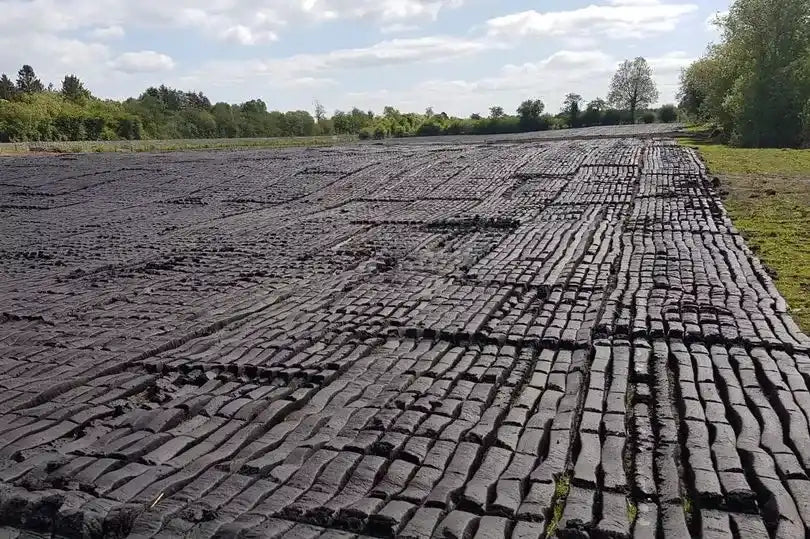
What is Turf?
Turf (or Peat) has been an important part of Irish culture and history for centuries, and it is still used today in many parts of the country. Turf is a sedimentary deposit made up of partially decayed plants and trees that have fallen. It is cut from bogs into long rectangular blocks and dried, then burned as a fuel source for heating and cooking.
For centuries, it has been the primary source of heat for homes in rural Ireland, when coal was scarce and expensive. It was and will always be seen as a symbol of Irish identity. In fact, the use of turf has inspired many famous Irish writers and artists, or been used in the production of Irish Whiskey with peat fires used for roasting and imparting flavours.
Turf has been used in Ireland for over a thousand years. In the absence of widespread forested land for firewood, turf became the go-to fuel for heating homes and cooking food — especially in the West and Midlands, where bogland is plentiful.
Traditionally, families would cut their own turf in spring and summer, stacking it in the fields to dry in the sun and wind 'footing the turf'. This labour-intensive process was a communal and seasonal ritual, often involving neighbors and extended families. For many, turf-cutting was a rite of passage and a way of life.
Sadly, in 2018 the Irish government passed a law prohibiting the mass sale and use of turf as a fuel source for homes. This law was supposedly implemented as part of Ireland’s efforts to reduce carbon emissions and promote a greener future. The messaging used for this new legislation implied that Turf was a fossil fuel, of which it clearly is not, has dealt a harsh blow to the rural communities, especially when it was fully implemented during a cost of living crisis with record fuel prices.
Turf is more than a fuel though — it is a foundation of Irish rural life, a keeper of tradition, and a memory held in the scent of smoke. Whether stacked in sods along a country lane or burned gently in a hearth, turf tells the story of Ireland: its land, its people, and their enduring connection.
So next time you smell the slow burn of turf, remember — you’re breathing in history.
